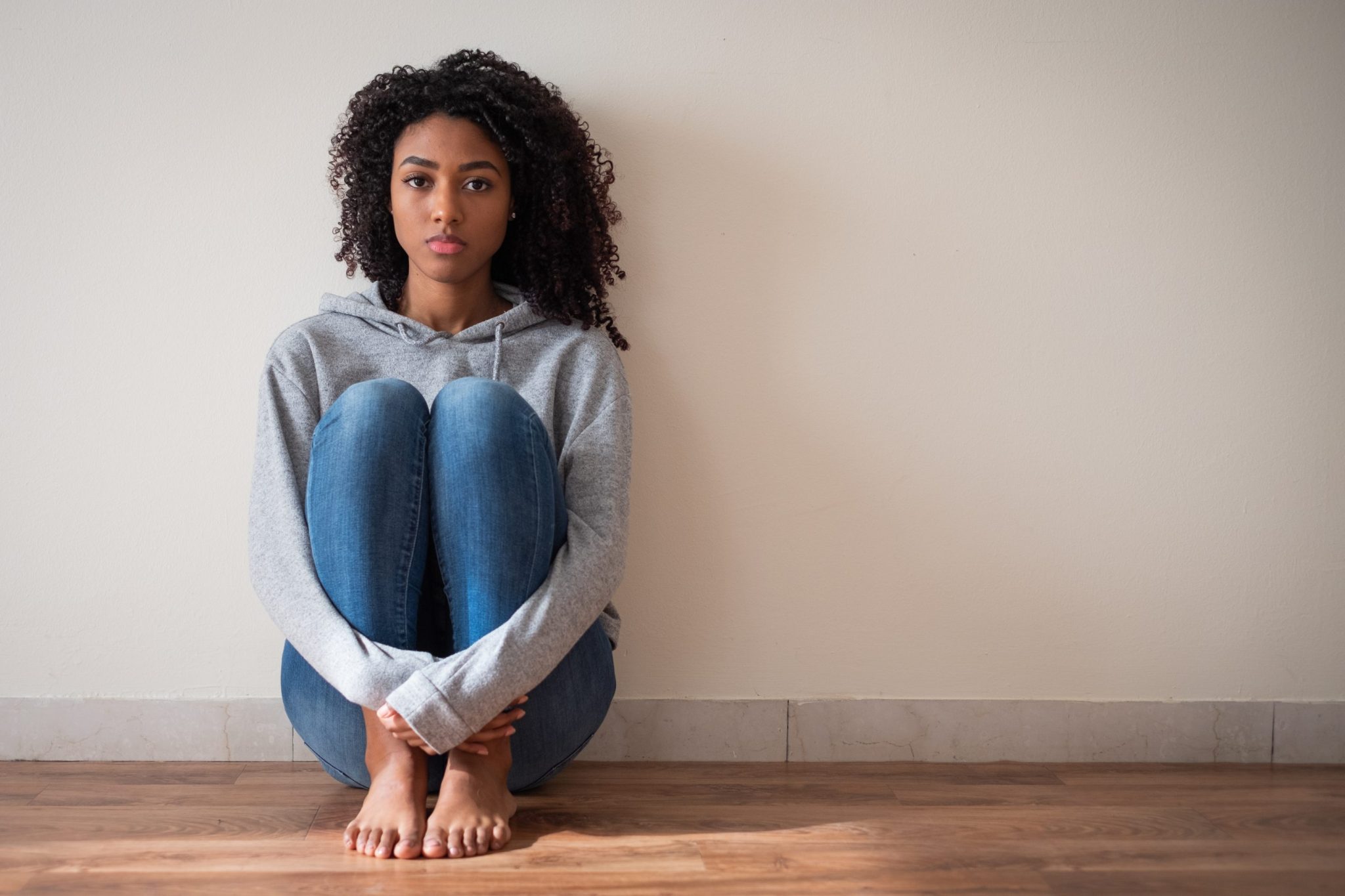
Eating disorders affect nearly 10% of the population, and upwards of 30 million Americans will have an eating disorder over the course of their lives. They are one of the deadliest mental illnesses; about 26% of people diagnosed attempt suicide.
But these statistics may be largely understated.
The lack of proactive detection and treatment has left many struggling behind closed doors—largely because of harmful stereotypes about what it looks like to contend with an eating disorder.
“It's always a thin, white, middle-class, upper-class woman,” Gloria Lucas, who leads a support group for people of color battling eating disorders, puts it in a PBS article, outlining the generally accepted rhetoric.
Research shows BIPOC individuals are less likely to be asked about eating disorder symptoms.
“The stereotypes have for so long perpetuated and continue to perpetuate that disparity and also the underidentification and treatment of eating disorders in the BIPOC communities,” Dr. Toya Roberson-Moore, a psychiatrist and associate medical director with the Eating Recovery Center, tells Fortune.
Eating disorders in the BIPOC community
Black individuals tend to experience anorexia at younger ages than white individuals and may endure the disorder for longer periods of time before recovering; Black teenagers are 50% more likely to have symptoms associated with bulimia compared to white teenagers; Hispanic individuals are more likely to experience bulimia nervosa than non-Hispanic individuals. Despite the need for intervention in these communities, BIPOC individuals are less likely to be diagnosed with an eating disorder and get treatment. However, research is sparse in this area.
In routine medical visits, BIPOC individuals who display eating disorder symptoms can feel ignored, Roberson-Moore says.
“Coming in the door, the disparity starts because they're not even being screened,” Roberson-Moore says, explaining the problem as twofold.
While screening may be dismissed in some cases, others may face screening measurements that lack cultural sensitivity. Roberson-Moore works closely with BIPOC youth, and says the measures used for assessing eating disorders do not account for their specific experiences.
“These rating scales weren't standardized or even validated with marginalized groups,” she says. “So they're essentially unreliable when assessing risks.”
The experience of racism as a trigger for eating disorders
Roberson-Moore says the experience of racist events are psychological stressors that can lead BIPOC youth and adults alike to control their environments in ways that may feel more accessible. This mindset can lead to the development of an eating disorder, the controlling of food, and the struggle with body image. If those stressors aren’t presented on medical evaluations, an entire subsect of people can go uncared for, she explains.
“We have higher rates of disordered eating because [it’s] the body's way of coping with the trauma,” she says. “When one can't control things that are happening to them, they control what they're eating.”
It starts with the pediatrician and more research
Research on eating disorders to date is largely centered on those in university settings that are not racially and ethnically diverse, according to Equip, an eating disorder management and awareness platform.
“There is plenty of room for research exploring minority stress and the incidence of eating disorders, minority stress in the context of the treatment environment, the impact of media, and the medical interactions individuals encounter in the process of getting a diagnosis,” says Christyna Johnson, a non-diet registered dietician and adviser at Equip in a blog post.
In her work, Roberson-Moore hopes to draw more attention to debunking the stereotypes that have persisted around eating disorders to create more inclusive treatments, especially because past research has shown that race-based stereotypes have altered clinicians’ ability to detect eating disorders in Black individuals.
“Eating disorders are not racist, but the institutional exclusion and lack of resources around eating disorders in BIPOC people certainly is,” says Benjamin O'Keefe, an adviser for Equip, in the post. “It’s only when we broaden our understanding of who is impacted by eating disorders and mental health issues that we can begin to create treatment and advocacy programs that reach everyone who needs them.”
Beyond research disparities, how eating disorders are described and discussed on popular platforms for youth, like TikTok, has also created misconceptions about diagnosis and treatment. Black TikTok creators who have mental health expertise have drawn attention to changing the narrative around eating disorders and combating misconceptions, CNN reported.
These platforms can push assumptions that people with eating disorders must look frail and underweight. But fewer than 6% diagnosed with an eating disorder are classified medically as “underweight.” Some people may not appear to be eating very little either, Roberson-Moore says. Still, their relationship with food and/or their body is harmful.
“There are a lot of misconceptions that we have to push back on, that have been perpetuated in the literature and in the scientific community with a lack of awareness of how eating disorders show up in the BIPOC community,” she says.







